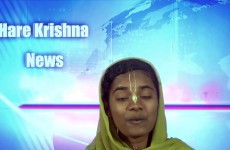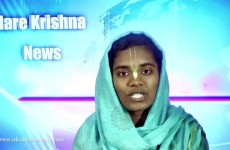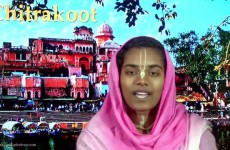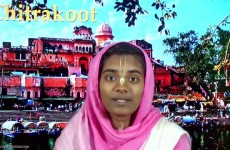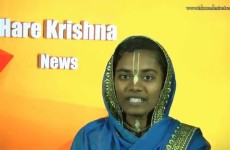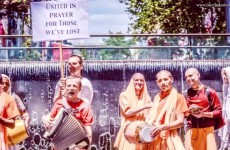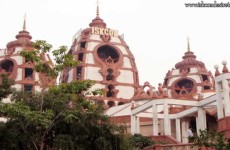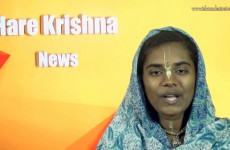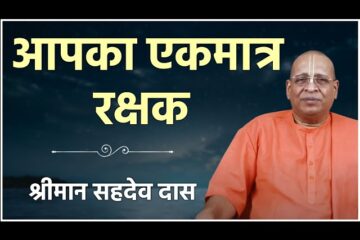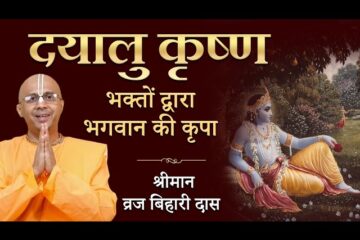In Srimad Bhagavat 5.9.16 following reference to Chitrakoot and Kamadgiri comes.
bharate ’py asmin varse saric-chailah santi bahavo malayo mangala-prastho mainakas trikuta rsabhah kutakahkollakah sahyo devagirir rsyamukah sri-sailo venkato mahendro varidharo vindhyah suktiman rksagirih pariyatro dronas citrakuto govardhano raivatakah kakubho nilo gokamukha indrakilah kamagirir iti canye ca sata-sahasrasah sailas tesam nitamba-prabhava nada nadyas ca santy asankhyatah.
TRANSLATION
In the tract of land known as Bharata-varsa, as in Ilavarta-varsha, there are many mountains and rivers. Some of the mountains are known as Malaya, Mangala-prastha, Mainaka, Triküta, Rishabha, Küttaka, Kollaka, Sahya, Devagiri, Rishyamuka, Sri-Shaila, Venkata, Mahendra, Varidhara, Vindhya, Shuktiman, Rikshagiri, Pariyatra, Drona, Citraküta, Govardhana, Raivataka, Kakubha, Nila, Gokamukha, Indrakila and Kamagiri. Besides these, there are many other hills, with many large and small rivers flowing from their slopes.
SB 5.20.15
tesam varsesu sima-girayo nadyas cabhijsatah sapta saptaiva cakras catuhsrngah kapilas citrakuto devani kaurdhvaroma dravina iti rasakulya madhukulya mitravinda srutavinda devagarbha ghrtacyuta mantramaleti.
In those seven islands there are seven boundary mountains, known as Cakra, Catuhsringha, Kapila, Citraküta, Devanika, Urdhvaroma and Dravina. There are also seven rivers, known as Ramakulya, Madhukulya, Mitravinda, Shrutavinda, Devagarbha, Ghritacyuta and Mantramala.
SB 7.14.30-33
saramsi puskaradini
ksetrany arhasritany uta
kuruksetram gaya-sirah
prayagah pulahasramah
naimisam phalgunam setuh
prabhaso ’tha kusa-sthali
varanasi madhu-puri
pampa bindu-saras tatha
narayanasramo nanda
sita-ramasramadayah
sarve kulacala rajan
mahendra-malayadayah
ete punyatama desa
harer arcasritas ca ye
etan desan niseveta
sreyas-kamo hy abhiksnasah
dharmo hy atrehitah pumsam
sahasradhi-phalodayah
The sacred lakes like Puskara and places where saintly persons live, like Kurukshetra, Gaya, Prayaga, Pulahashrama, Naimisharanya, the banks of the Phalgu River, Setubandha, Prabhasa, Dvaraka, Varanasi, Mathura, Pampa, Bindu-sarovara, Badarikashrama [Narayanashrama], the places where the Nanda River flows, the places where Lord Ramacandra and mother Sita took shelter, such as Citraküta, and also the hilly tracts of land known as Mahendra and Malaya all of these are to be considered most pious and sacred. Similarly, places outside India where there are centers of the Kånna consciousness movement and where Radha-Krishna Deities are worshiped must all be visited and worshiped by those who want to be spiritually advanced. One who intends to advance in spiritual life may visit all these places and perform ritualistic ceremonies to get results a thousand times better than the results of the same activities performed in any other place.
Travel
Air: The nearest airports are Khajuraho (175km) and Varanasi (260km). Neither is very easy to reach.
Train: The closest train station is at Chitrakoot DhamaKarvi on the Jhansi-Manikpur main line about 10km from Chitrakoot. From there you can get a train to Allahabad, Delhi, Lucknow, Mathura and Varanasi.
Bus: There are many buses going to Chitrakoot from places in the area, including Allahabad, Satna, Mahoba, and Jhansi. The bus stand for some buses going north is located next to the UP Tourist Bungalow, slightly north of town.Chitrakoot in Scriptures and other Holy Places
[To know more, visit – http://holydham.com/chitrakoot-dham/]














